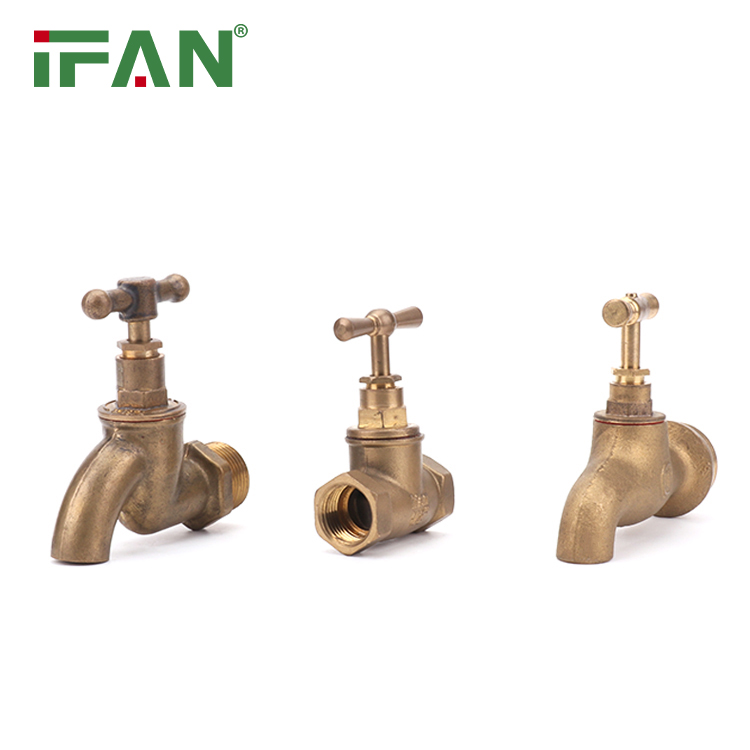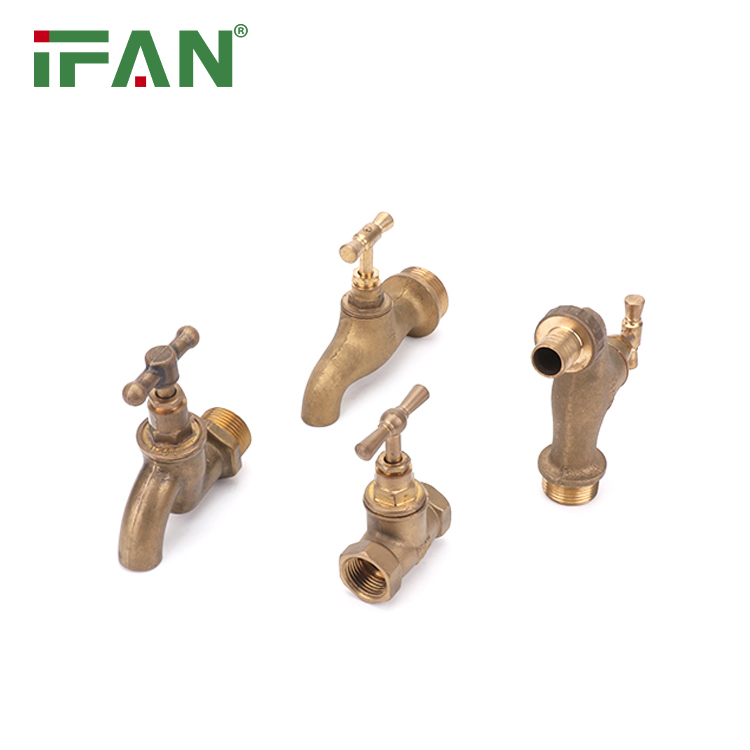China has been a leading manufacturer and exporter of brass bibcocks, also known as hose bibs or garden taps. Chinese manufacturers have gained a solid reputation for producing high-quality brass bibcocks that are widely used in domestic and international markets. In this overview, we will explore the key aspects of China’s brass bibcocks industry. Let’s break down each aspect into separate sections.
Quality Manufacturing
Chinese manufacturers of brass bibcocks prioritize quality manufacturing processes to ensure the reliability and durability of their products. They adhere to strict quality control measures, such as using high-quality brass alloys, employing advanced casting and machining techniques, and implementing comprehensive testing procedures. These efforts result in brass bibcocks that meet international standards and customer expectations.
Advanced Production Facilities
China’s brass bibcocks manufacturers have invested significantly in state-of-the-art production facilities. These facilities are equipped with advanced machinery, including CNC machining centers, automatic assembly lines, and precision testing equipment. By leveraging modern technology, manufacturers can produce brass bibcocks with precise dimensions, smooth surfaces, and consistent performance.
Wide Product Range
Chinese manufacturers offer a wide range of brass bibcocks to cater to diverse customer requirements. They produce various sizes, designs, and configurations to accommodate different applications and market demands. Whether it is a standard bibcock, frost-free bibcock, or one with additional features like a lockable handle or a built-in check valve, Chinese manufacturers can provide a comprehensive selection to suit various needs.

Customization Capabilities
China’s brass bibcocks manufacturers are also capable of providing customization services. They work closely with customers to understand their specific requirements and develop tailored solutions accordingly. Customization options include personalized branding, unique designs, specialized finishes, and specific thread connections. This flexibility allows customers to obtain brass bibcocks that align precisely with their preferences and project specifications.
Competitive Pricing
Chinese manufacturers of brass bibcocks offer highly competitive pricing in the global market. This is due to several factors, including economies of scale, cost-efficient production processes, and access to raw materials. The ability to provide cost-effective products without compromising quality has made Chinese brass bibcocks highly sought after by customers worldwide.
Strict Quality Assurance
To ensure product quality and customer satisfaction, Chinese manufacturers implement stringent quality assurance procedures. This includes comprehensive material inspections, dimensional accuracy checks, functional testing, and pressure and leak tests. These rigorous quality control measures guarantee that each brass bibcock meets or exceeds the required standards before being shipped to customers.
Global Export Capability
China’s brass bibcocks manufacturers have a strong global export capability. They have established robust distribution networks and efficient logistics systems to deliver their products to customers around the world. Furthermore, they comply with international trade regulations and certifications, providing customers with assurance of product quality and reliability.
Conclusion
China’s brass bibcocks industry has flourished, earning a well-deserved reputation for producing high-quality products at competitive prices. With advanced manufacturing facilities, a wide range of product options, customization capabilities, and stringent quality control measures, Chinese manufacturers have become reliable suppliers of brass bibcocks globally. By leveraging their expertise and commitment to excellence, Chinese manufacturers continue to contribute to the development and growth of the brass bibcocks industry.






